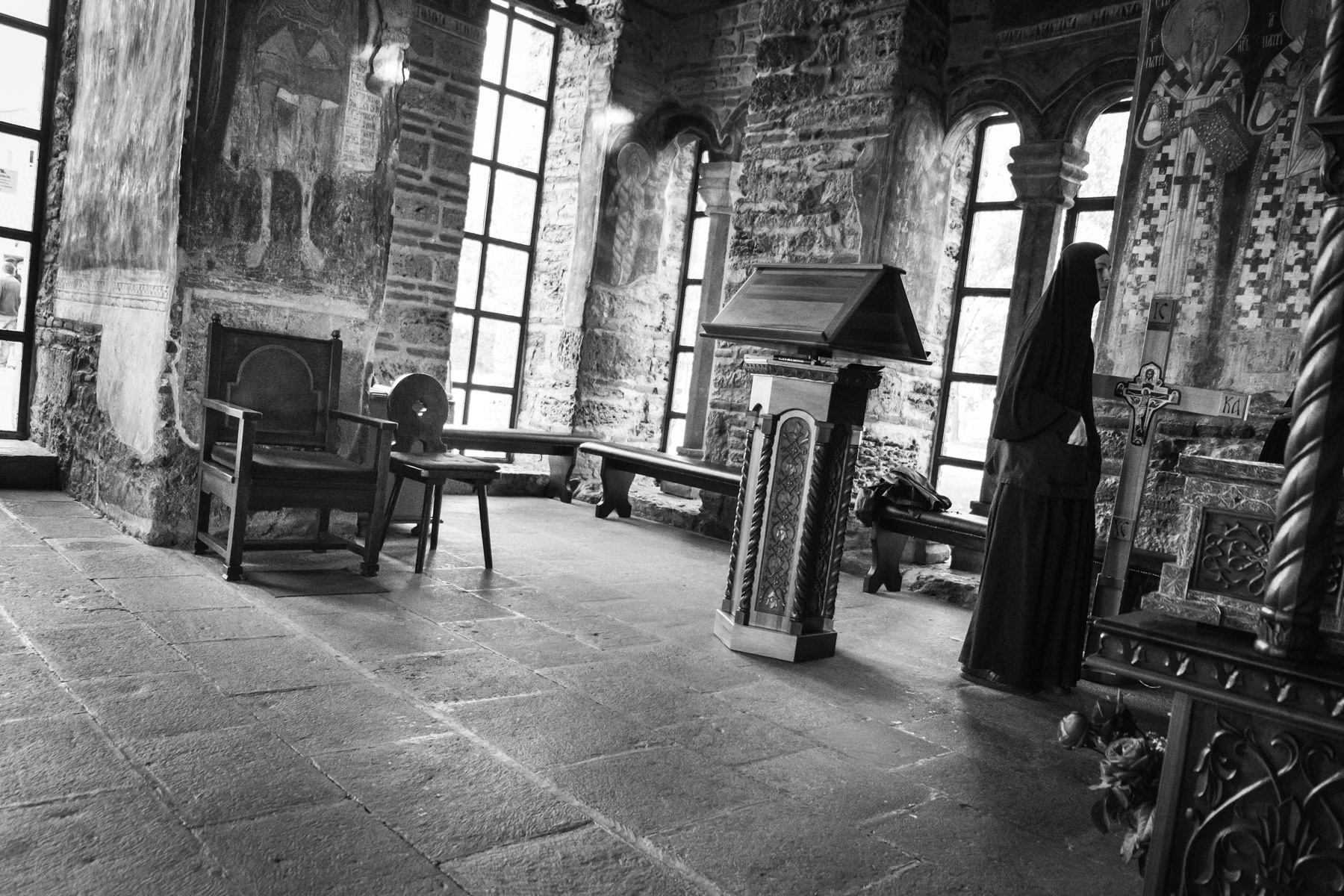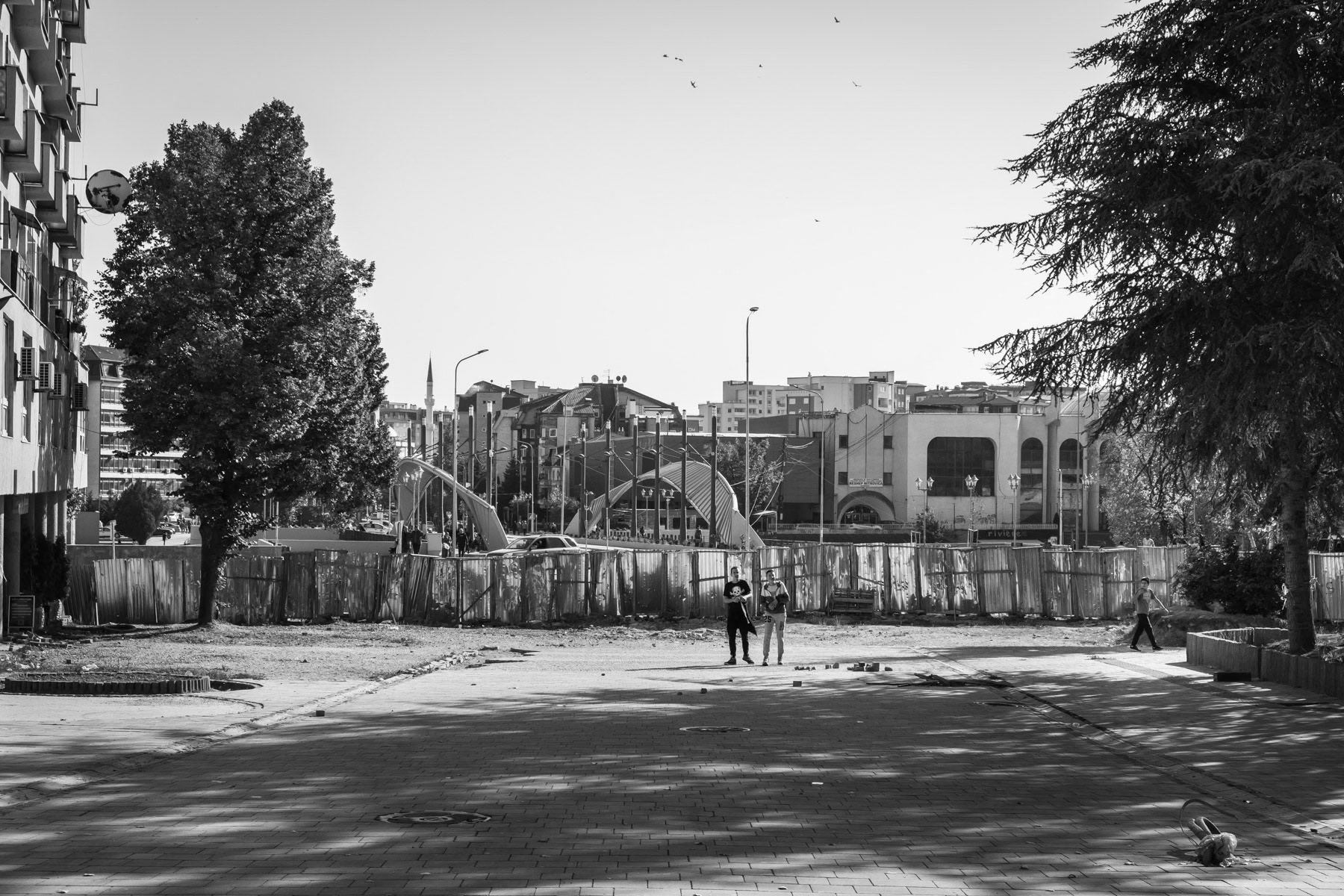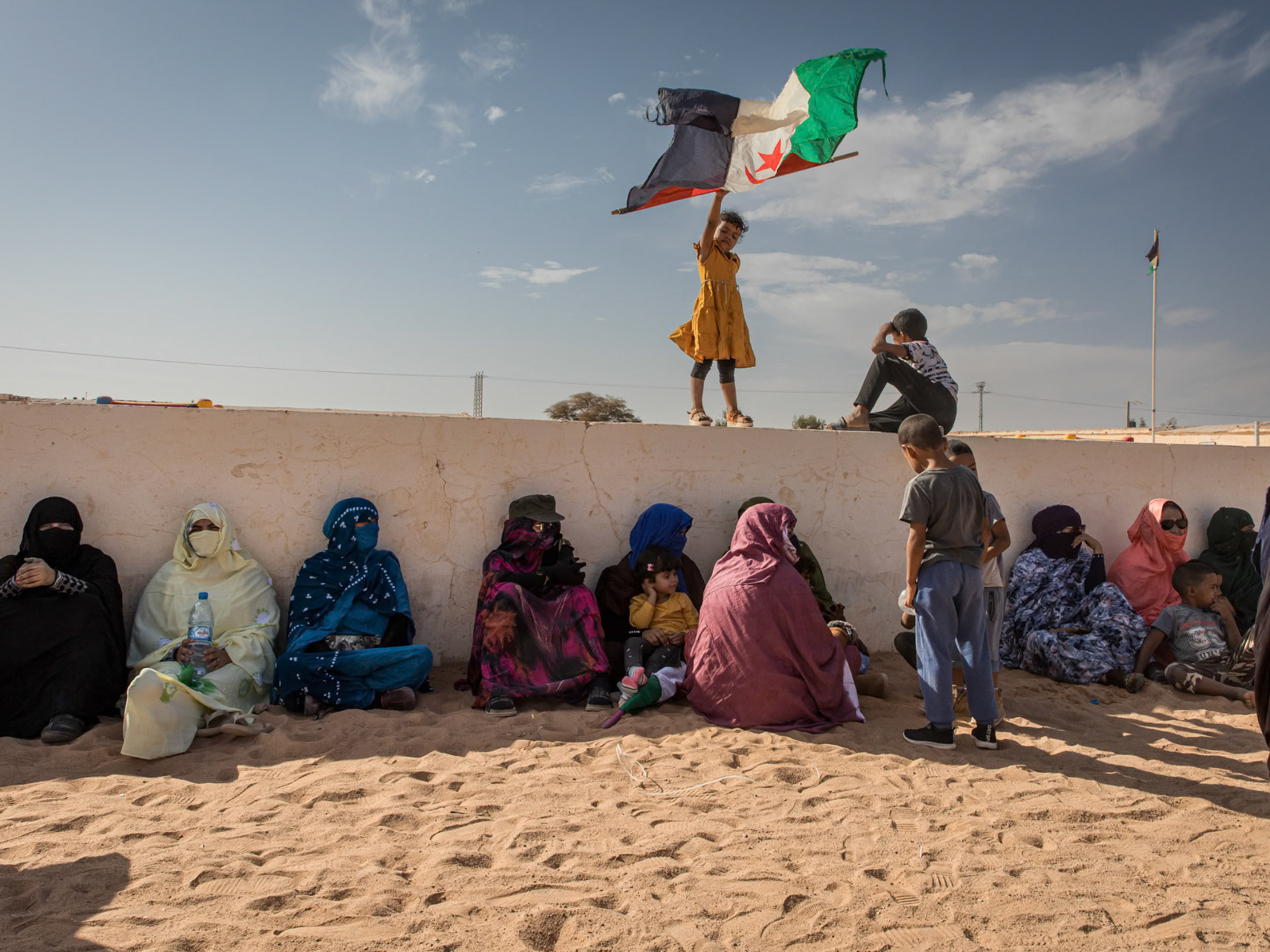Kosovo, a disputed territory that declared independence from Serbia in 2008, remains a focal point of tension in the Balkans. Although recognized by over 100 countries, its sovereignty is only partly acknowledged globally. Around 100,000 ethnic Serbs still reside in Kosovo, primarily concentrated in the northern region, which functions as a de-facto extension of Serbia, and in Serb-majority enclaves in the south. However, a significant number of these Serbian inhabitants are reportedly seeking to relocate to Serbia proper, leaving behind sparsely populated areas that may prove challenging to govern.
Serbia’s deep historical and cultural ties to Kosovo amplify the dispute. The region is often referred to as Serbia's "heartland," a sentiment rooted in events like the 1389 Battle of Kosovo, where Prince Lazar, a revered medieval Serbian ruler, perished confronting the Ottoman Empire. His legacy is immortalized in a statue, symbolizing the enduring importance of Kosovo to Serbian identity. This intertwining of history, culture, and territorial claims makes the issue deeply contentious, with no simple resolution in sight.

Orthodox monastery in the Serbian enclave of Gračanica, Kosovo, October 2018

The disputed territory of Kosovo has declared independence from Serbia in 2008 and has been only partly recognised as such. About 100,000 Serbs remain in Kosovo mainly in the North who has remained a de-facto part of Serbia and in Serb majority enclaves in the South. But the fact is that the Serbian population seeks to leave and settle in Serbia, creating sparsely inhabited territories that will become difficult to hold. Statue of Prince Lazar, a medieval Serbian ruler who died 1389 at the battle of Kosovo confronting the invading Ottoman Empire. This is one of the reasons Serbia considers Kosovo as its heartland. Kosovska Mitrovica, Northern Kosovo, October 2018

A coal fired thermoelectric power plant. Kosovska Mitrovica, Northern Kosovo, October 2018

Makeshift business. Kosovska Mitrovica, Northern Kosovo, October 2018

Orthodox monastery in the Serbian enclave of Gračanica, Kosovo, October 2018

Serbian nationalist murals. Kosovska Mitrovica, Northern Kosovo, October 2018

The Ibar river marking the demarcation of the Albanian and Serbian parts of Kosovska Mitrovica, Northern Kosovo, October 2018

Vladimir Putin, the Russian President, is very popular among the Serbian population in Kosovo. Regarded as a safeguard of their rights. The Russian Federation has never recognised Kosovo. Kosovska Mitrovica, Northern Kosovo, October 2018

Orthodox monastery in the Serbian enclave of Gračanica, Kosovo, October 2018

The ethnic divided city of Kosovska Mitrovica in Northern Kosovo, October 2018

Appartment blocks near the demarcation line between the Serbian and Albanian population of Kosovska Mitrovica, Northern Kosovo, October 2018

An improvised fence separating the two parts of the city of Kosovska Mitrovica, Northern Kosovo, October 2018

Appartment blocks in the Serbian part of the city on the demarcation line and Ibar river separating the Serbian and Albanian population of Kosovska Mitrovica, Northern Kosovo, October 2018










